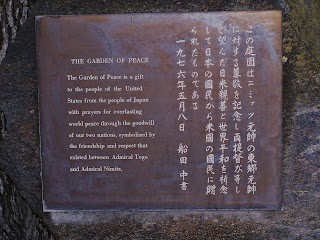

Most states have a collection of “state things,” which the legislatures have determined are in one way or another representative of the state in some way, and Texas is no exception. Around the country, there are state birds, state trees, state insects, state flowers, state rocks, state soils, state reptiles, state fish, state beverages, state musical instruments, state songs, state dances, state colors, state clouds, state mollusks, state ships, state heroes, state dogs, state shells, state fruits, state dinosaurs, state crustaceans, state horses, state sports, state muffins, state desserts, state cookies, state grains, state crops, state vegetables, and even state prehistoric artifacts.
I know everyone is proud of the state in which they live, but would you agree with me that state legislatures meet too often and sometimes pass too many silly laws?
While I may have a bone to pick with a lot of the nonsense which comes from the state capitals from time to time, I do agree with the Texas House of Representatives resolution that Elgin, Texas is designated the “Sausage Capital of Texas.” If you disagree, you’ve never eaten any sausages produced in Elgin.
I’m well aware that there is a disagreement about which place has the “best” sausage in Elgin. I’m not going to settle that dispute today. The fact of the matter is, all the places making and serving up sausages in Elgin live up to that resolution passed by the legislators in the nearby state capital of Austin.
A couple of days ago, I had the pleasure of taking my youngest son, home for the holidays from college, for something to eat at Elgin’s oldest barbeque spot. Elgin was first settled as a town in the 1870’s, and the Southside Market & Barbeque has been in town since 1882. Although it moved from its original location in town many years ago (a move that some old-timers very much regret), it is still a popular fixture in Elgin with both the locals and those just passing through.
While it has changed ownership several times since it was first established, Southside has remained true to its original sausage making recipes, although, it does admit, that it toned down the pepper in its sausage in the 1970’s, to make it more palatable for modern tastes. All the better, I say. Businesses which don’t keep up with the times disappear. And Southside is a busy place, and has been, for well over 120 years.
Sausages are one thing, but they are not the only thing. Southside also serves up excellent brisket, baby back ribs, chicken, and mutton. Both the spicy “hot“ sauce and temperature “hot” barbeque sauce are a great compliment to the meat selections and the various sides, which include beans, potato salad, and slaw.
Unlike a lot of barbecue places in Texas, some of the Elgin eateries not only sell the cooked meats, but also the fresh uncooked meats which you can take home to prepare. No matter what kind of great cook you may fancy yourself, you’ll have to outdo yourself to fix the meat in a way which rivals the experts in Elgin. Good luck with that.
For the record, although we did not eat there the other day, Meyer’s Elgin Sausage, just down the road from Southside, is another excellent choice which serves up great sausage and barbecue in Elgin. Although not as old as Southside, with the sausage making operation beginning in 1949 (a respectable amount of time for sure), the Meyer family’s original sausage recipe was brought to Texas from Germany by a family member in the late 1800’s. Today, the sausages are still made by the Meyer family. For me, a person who very much regrets the demise of family run restaurants in this country, I am impressed with the longevity of the Meyer family business and the quality of food it still provides.
And, so you see, Elgin, Texas is indeed the “Sausage Capital of Texas,” and that’s truth, and nothing but the whole truth. And, while Elgin may be just a tad bit east of the hill country itself, it's close enough for me, especially when speaking about good food.












































